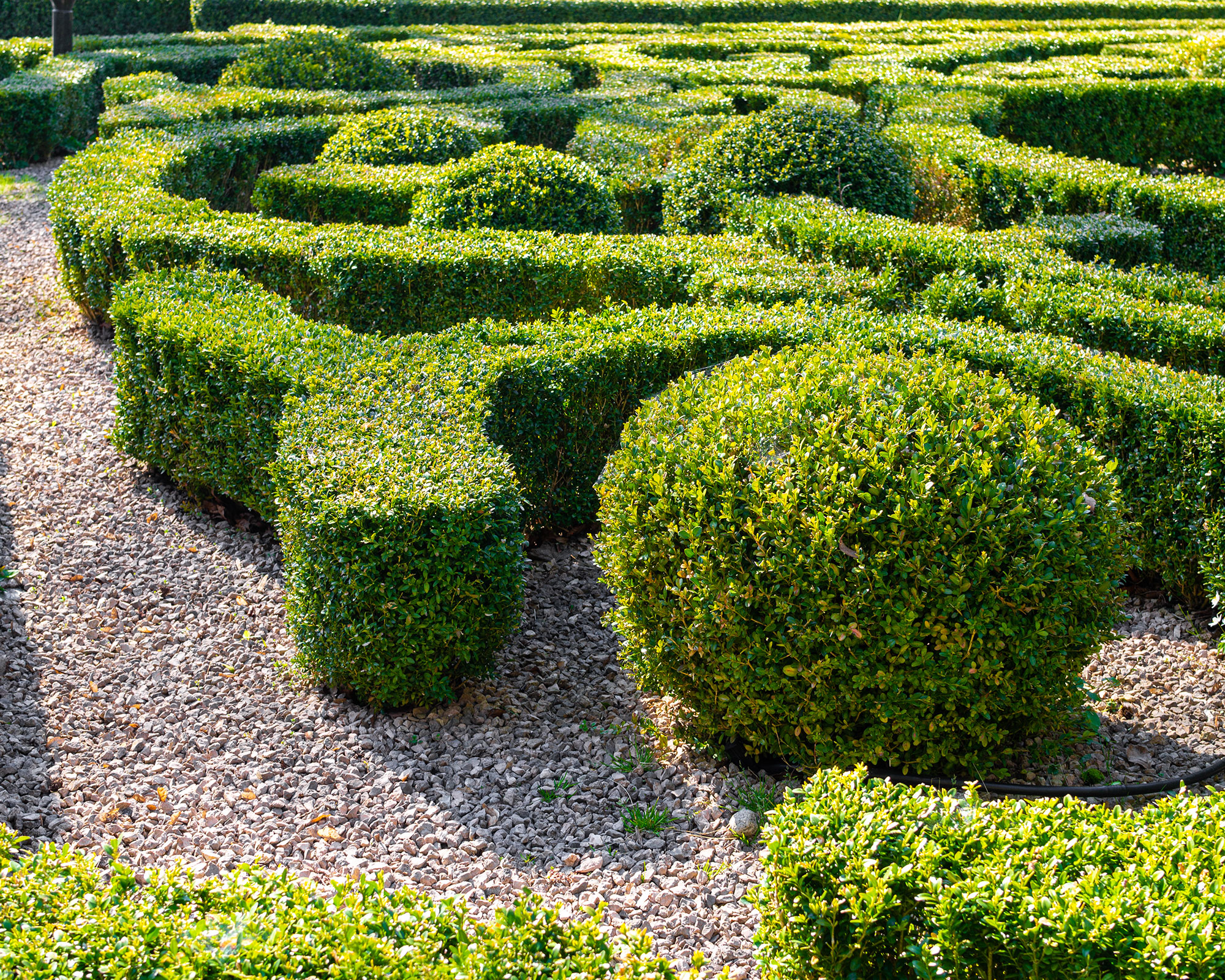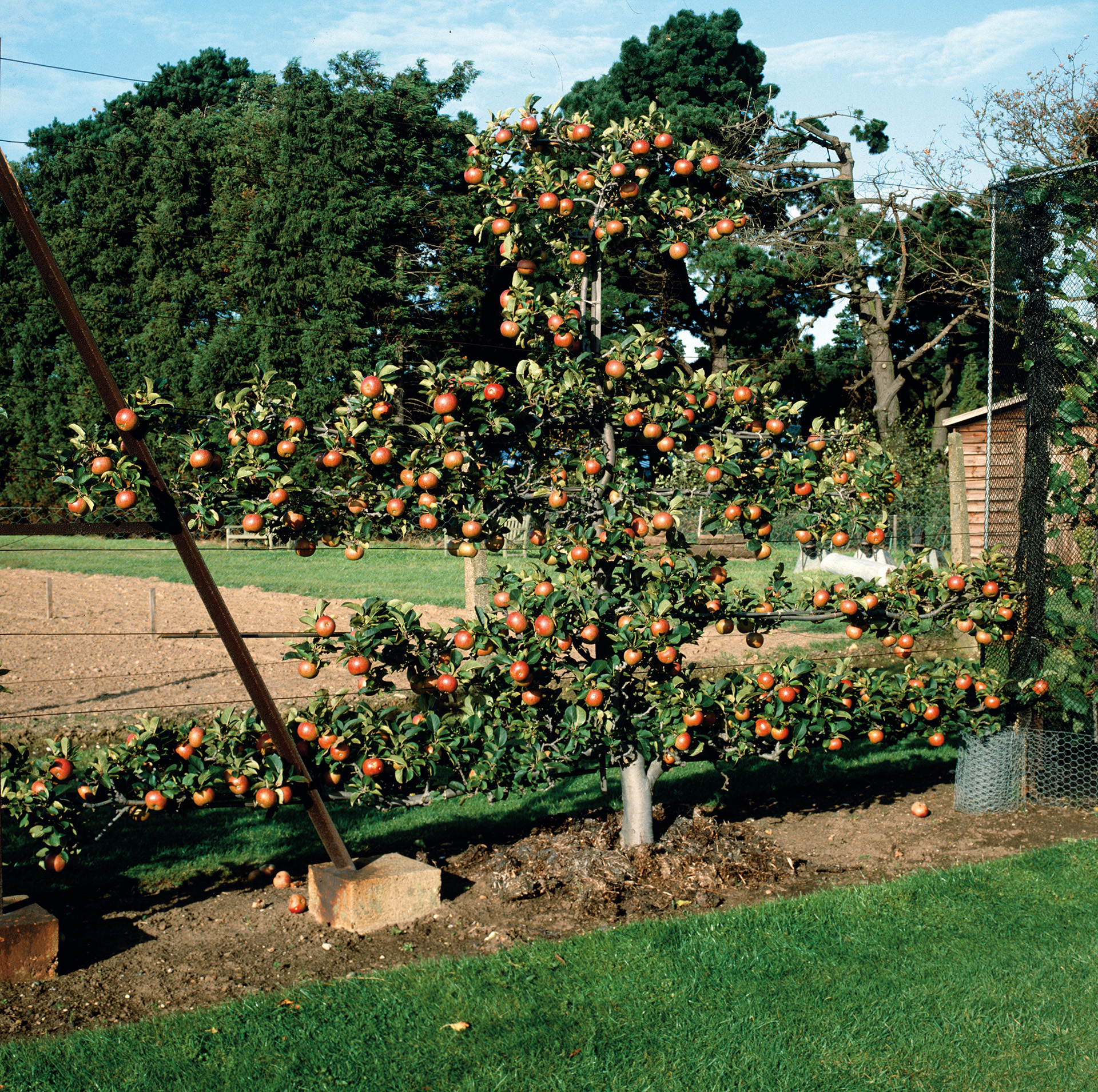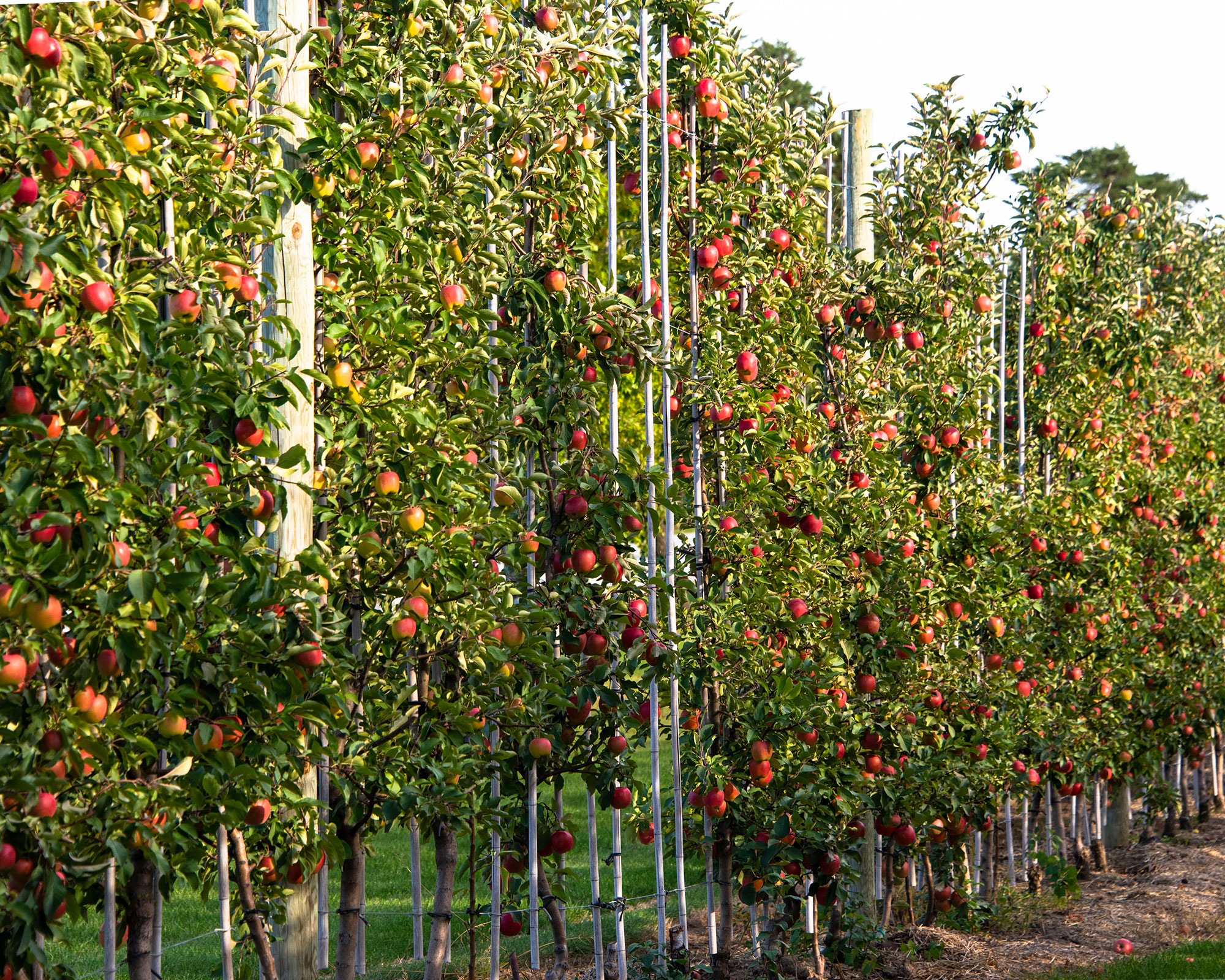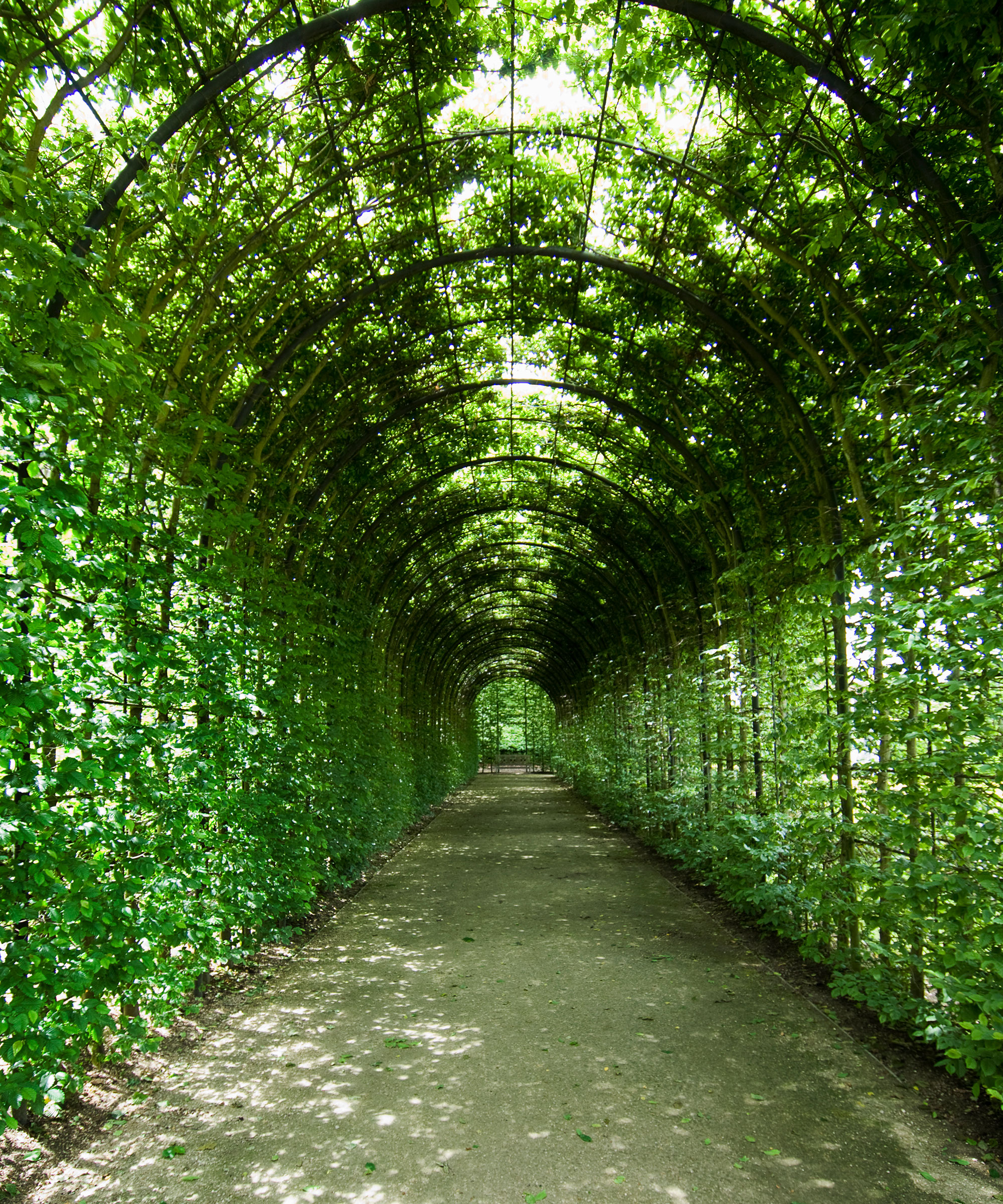Martha Stewart's 'living maze' is the 2024 garden trend of the moment – 5 ways to replicate the look
Named for the old English meaning delirium, mazes were conceived to boggle the mind – and add intrigue


The extraordinary garden maze at Martha Stewart's Bedford, New York farm is becoming more intriguing with each planted row of greenery, and it keeps growing.
Popularized by some of the grandest gardens in the US, mazes have a story that stretches back into ancient history. Contrary to popular belief, the first mazes weren’t really mazes, but labyrinths, with one winding path that didn’t puzzle or confuse in the way a ‘traditional’ maze does. Instead, they symbolized a spiritual journey, which twisted and turned yet encouraged reflection and inner calm.
It wasn’t until the Middle Ages that labyrinths were used for fun. As they built opulent gardens, wealthy families began to include hedge mazes to amuse (and lose!) their guests. They were also the setting for many a secret meeting and courtship. From then on, mazes became an essential grand garden feature, flourishing in gardens up and down the country. In the past few years, Martha Stewart decided to create her very own marvelous maze.
In her blog, Martha: Up Close & Personal, Stewart talks about crafting a 'maze of hedges, espaliers, and shrubs' in the pastures across the carriage road from her Winter House terrace. 'The maze includes rows, openings, and various dead ends, but only one true route leading to the center,' she explains.
Although an unusual addition, these enchanting living mazes are becoming the must-have garden trend of 2024, and these are the plants and planting techniques that Stewart uses to create her labyrinth.
A post shared by Martha Stewart (@marthastewart48)
A photo posted by on
It may seem like an impossible task but growing a living maze can be a straightforward endeavor with the best fast-growing trees, evergreen shrubs, and planting techniques. The result can be a truly spectacular addition to your backyard.
1. Boxwood

Low hedges are invaluable for accentuating, demarcating, and separating different areas and changes in level. It is important to select a hedging plant, such as boxwood, that naturally creates the desired effect.
Design expertise in your inbox – from inspiring decorating ideas and beautiful celebrity homes to practical gardening advice and shopping round-ups.
Box is a dense, slow-growing evergreen shrub or small tree with small, dark-green, rather leathery leaves. It develops small spring flowers, although they are usually hidden among the leaves, and it is tolerant of a range of growing conditions.
'I love boxwood – Buxus –and have hundreds of shrubs growing on my property,' says Stewart. 'I use boxwood in borders and hedges, as privacy screens, as accent plants in my formal gardens, in the long allée to my stable, and now in the maze.'
2. Parrotia
In her maze, Stewart introduces color with shimmering leaves of Parrotia. Parrotia persica, also known as the Persian ironwood, is a shrub grown for its breathtaking fall colors as its deciduous leaves fade. Its genus name, however, has nothing to do with parrots. It is named in honor of the German naturalist Georg Friedrich Parrot (1767-1852).
In summer, your entire field of vision is bathed in vibrant greens; in fall, a warm butter yellow. This species is known for its brilliant foliage, ranging in color from lime yellow to crimson, and purple. Native to northern Iran and southern Azerbaijan; often spotted growing in the Alborz mountains. Parrotia is best suited to grow in USDA Zones 5 to 8.
3. Espalier and pleached trees

Espalier refers to a horticultural technique traditionally often practiced with the best fruit trees, to encourage plants with a straight ‘leader’ trunk and horizontal branches or tiers at evenly spaced intervals.
Although the highly ornamental results have evolved over the years to include the graceful palmette where the arms are trained at an oblique angle; the interlacing Belgian pattern and formal ‘U’ shaped cordons, the classic arrangement with its distinctive horizontal arms remains the most popular.
Today this growing technique has been used to great effect with a wide range of non-fruiting varieties. Ideal for ‘greening-up’ spaces it’s also perfect for creating tall, leafy dividers in a maze.
Pleaching is another way to add interest and height to a labyrinth. Pleaching creates trees with a straight, bare stem below a narrow framework of branches that are trained onto canes. The result works like a hedge on stilts and can be a great way to screen out an ugly view.
4. Apple trees

One of the most widely grown fruits, there are thousands of different types of apples. The ultimate in garden trees, apple trees are easy to grow, full of character, and not too big, even if your garden isn't the size of Martha Stewart's. As well as providing tasty fresh fruit in late summer and fall, apple trees are a mass of beautiful pink-white blossoms in springtime. Once established, apple trees are fairly low maintenance; sprinkle a general fertilizer around the base in spring, prune yearly, and they will produce fruit in two to four years.
5. European hornbeams

When it comes to garden screening ideas and boundaries, hedges are worth the time and effort. They are a long-term plan that will reward you with green garden walls that give you privacy, are wildlife friendly and, if you plant wisely, they will become a stunning feature in their own right.
The European hornbeam is a slow-growing tree that makes a classic hedge. When pleached, it offers elevated screening with foliage providing seasonal interest right through the year as the young, textured leaves mature from bright green in spring through shades of fall to winter brown.
Constructing a maze is as much of a riddle as solving it and, despite its ups and downs, it is a process to revel in. This is perhaps one of the most ambitious projects Martha Stewart has ever done, but we imagine, it is also one of the most rewarding.

Jennifer is the Digital Editor at Homes & Gardens, bringing years of interiors experience across the US and UK. She has worked with leading publications, blending expertise in PR, marketing, social media, commercial strategy, and e-commerce. Jennifer has covered every corner of the home – curating projects from top interior designers, sourcing celebrity properties, reviewing appliances, and delivering timely news. Now, she channels her digital skills into shaping the world’s leading interiors website.